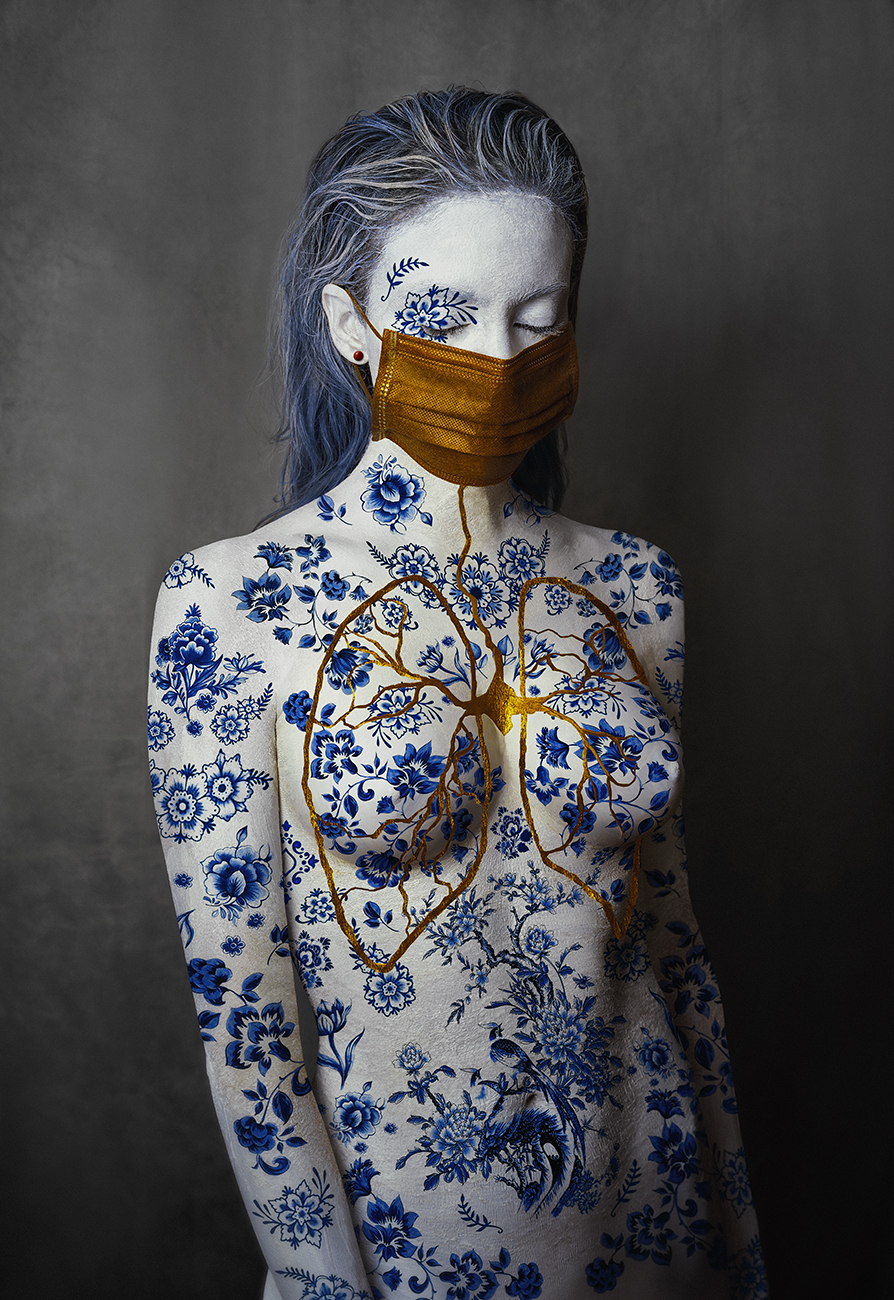All images by Lidia Vives. Used with permission.
“Perhaps the biggest goal is to be one of those artists who can go months without creating but keep selling so it doesn’t matter,” says Lidia Vives to us in an interview. “But I guess that’s still a long way off.” I first found Lidia through Tumblr. And I then connected with her on her Stages of Heartbreak series. Lidia’s work is emotional, experimental, and energetic. She finds ways to pack feelings and ideas into photos. Where most folks create to satisfy an algorithm on some app, Lidia doesn’t. And that’s one of the reasons why her work demands so much respect.
The Essential Gear of Photographer Lidia Vives
Lidia says:
The truth is that I don’t have much equipment. I work with the Pentax K1, a Pentax 50mm 1.8 lens, a Pentax 70mm 2.4, and a Sigma Art 35mm 1.4 lens. For flash, I work with two Neewer, but I would like to add more to be able to work with different points of light. Both the quality of the camera and the types of lenses greatly influence what I look for in my work. I really like well-defined images with many details. I also love working with artificial light because it gives me absolute control over what I’m doing and allows me to experiment a lot with volume.
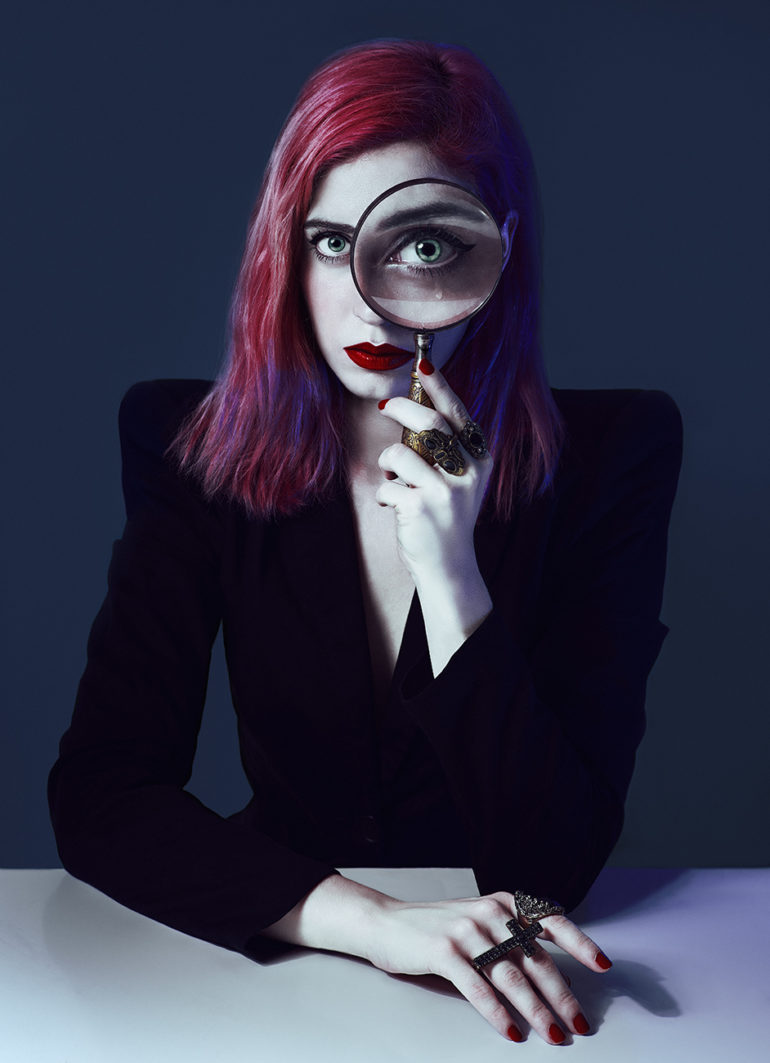
Phoblographer: Talk to us about how you got into photography.
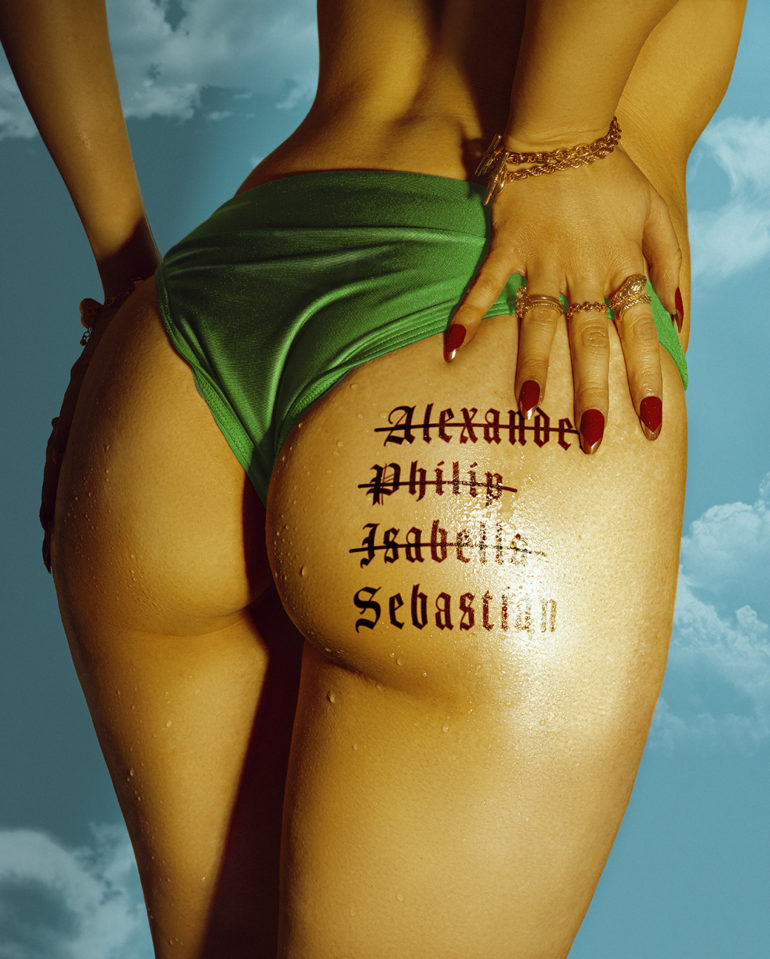
Lidia: I always wanted to be an artist, but a painter. Photography did not interest me until I saw an exhibition by Henri-Cartier Bresson when I was 16 years old. So I started taking pictures but without any kind of pretense. When I got to university and when I started to post my work on the RRSS and see that it worked, that was when I wanted to dedicate myself professionally to it.
It all came to me quite suddenly. Opportunities began to arise for me thanks to the internet and, because of that, now I can dedicate myself 100% to this.
Phoblographer: Most of your work features other people and is of varying types of portraiture. What made you want to get into portraiture to begin with?
Lidia: When I was drawing and painting, the portrait was already my main interest. Anatomy has always fascinated me and I think that with a body it expresses itself much more than with an object or a landscape. At least for me.
I do not rule out doing something different one day, but I highly doubt that I will leave the portrait.
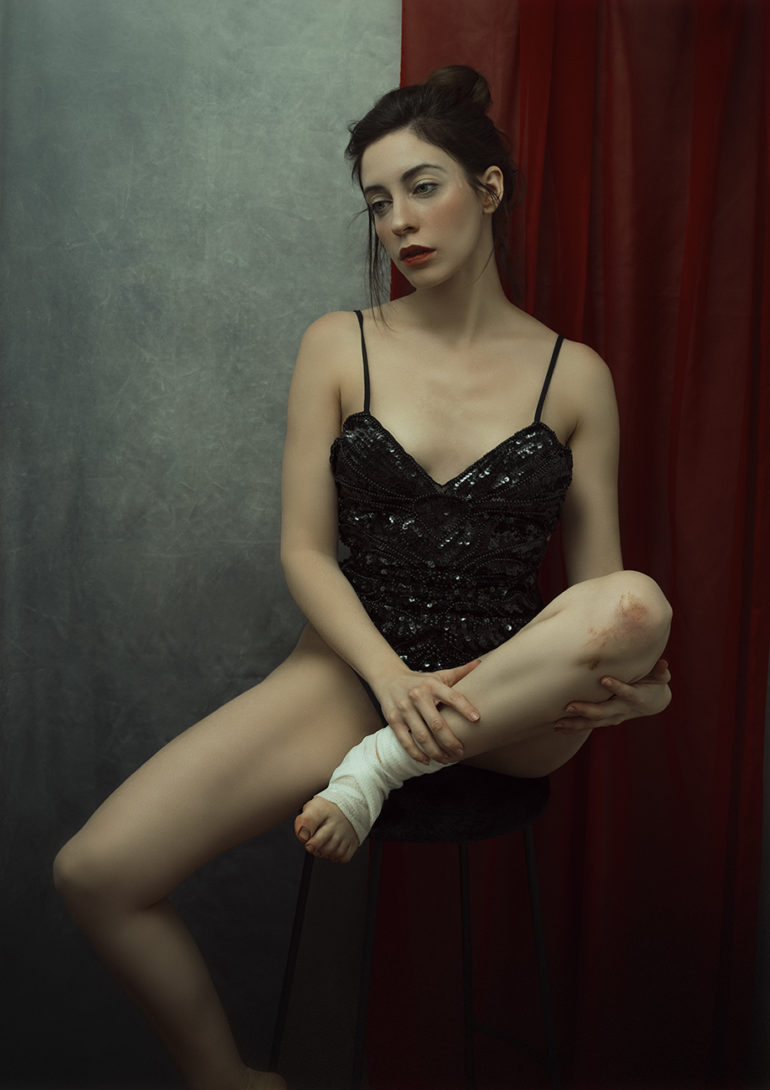
Phoblographer: Where do your influences come from? It seems like they’re from a variety of places. Do you feel they’re based on your emotions or the stories you’re trying to tell?
Lidia: My influences, due to my past, are mainly painters. It is true that the more photographers I know, the more their work affects my work. Inevitably, I start to have new references and I think it shows.
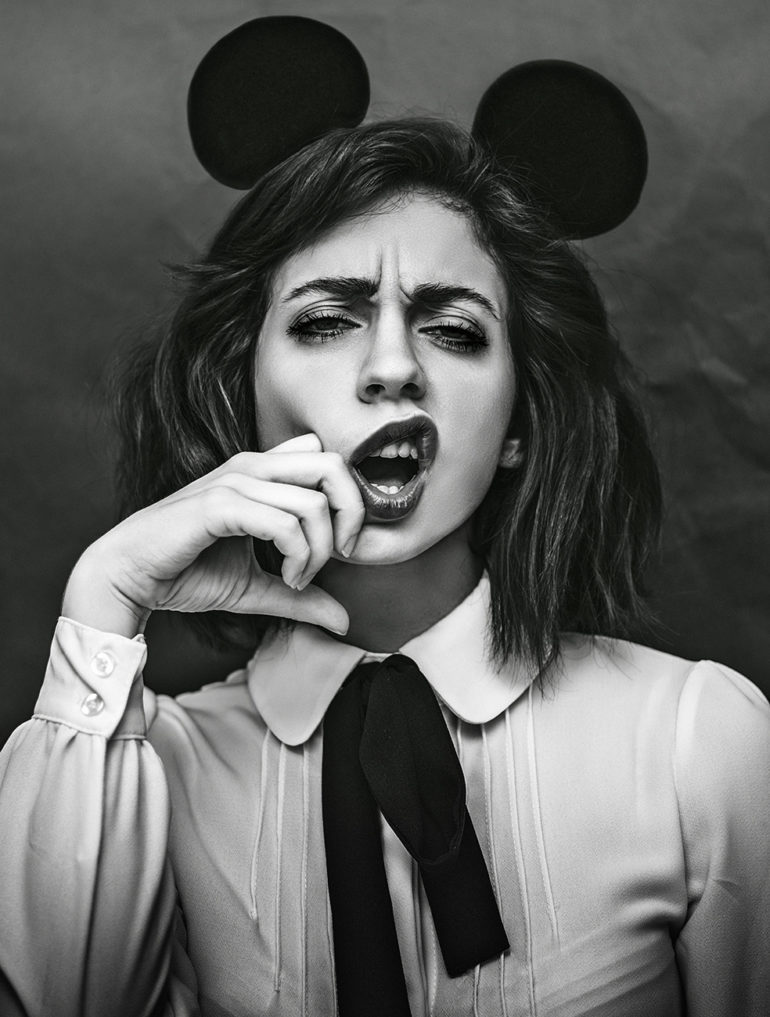
Of course, my emotions or experiences also greatly influence my work. In the end, what we experience shapes our personality, and our personality defines our artistic style. I talk a lot about what I see or what happens to me, although I don’t always do it in an obvious way.
Phoblographer: Do you feel like there are folks who specifically motivated you to create? For example, some poets write about their beloved ones. Have you felt anything similar with your portraits at all? The Sex Series makes me curious about that.

Lidia: As I told you before, both the experiences and the people who form them, constantly give me ideas. In Sex, more specifically, I talked a lot about both my own and other people’s experiences (some that I had been told or had read). In that series, I talk about relationships that I could have with women, of having given my phone number to a stranger, of sex in public places, of female masturbation — always giving it a special twist because I constantly feel that my life is not exciting enough to capture in a photograph. I need that imaginary touch so that everything ends up being more aesthetic.
Phoblographer: When you’re creating, have you ever noticed patterns in your own work? Like, contrasting colors or whether you’re going through a more blue vs rose period?
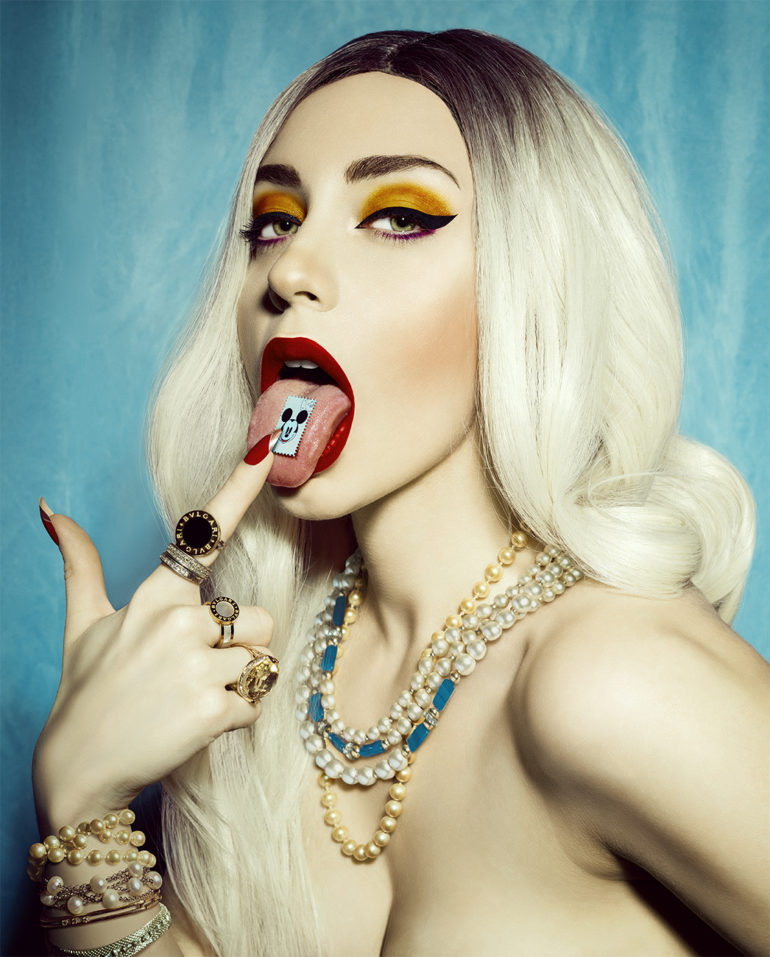
Lidia: Of course. I have a fairly closed palette: aquamarine, ocher, green and garnet; although sometimes I take risks and try different things. I have noticed that over the years my colors have been desaturated and I like that. I’m also getting a little brighter (before, I was even darker). I guess it’s not so much about going through phases as about learning what works best and what doesn’t.
Phoblographer: What’s your biggest challenge these days with marketing yourself?
Lidia: Learning a bit about what the public likes.
I am very nonconformist with my work and I am constantly analyzing what I do wrong and how it could be better. I also plan to leave the self-portrait but those are precisely the photos that I sell the best, so it will have to be gradual.
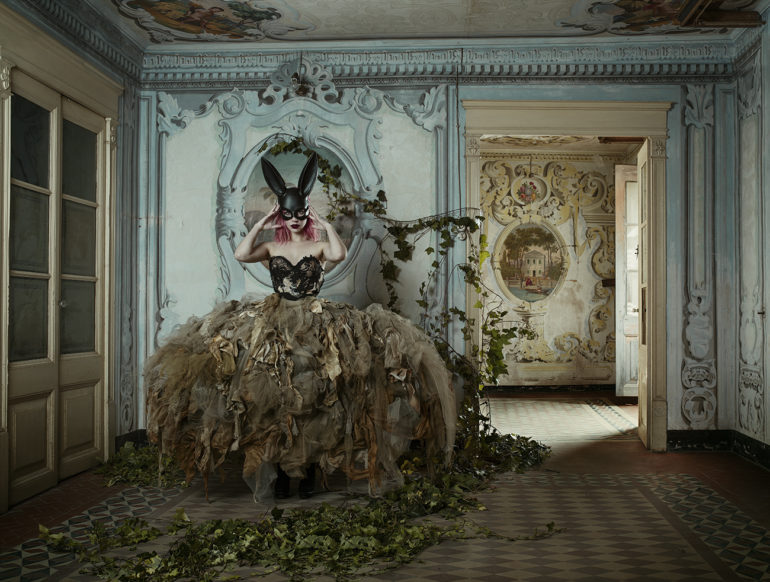
Phoblographer: How did COVID 19 affect the way you worked? Did it change your plans? Where do you want to be in a year from now?
Lidia: It made me more productive. In my case it has not been something negative, but on the contrary. Yes, I have not been able to carry out workshops or conferences, but it has made my artistic side work more and that has been very positive. In a year I would like to be where I have always wanted to be: nowhere. Simply traveling the world for work reasons. I would like nothing more.
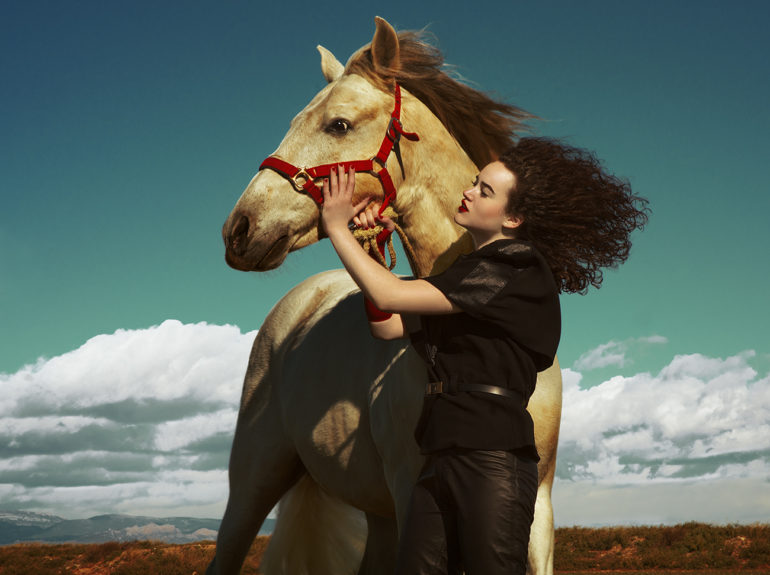
Phoblographer: For you, what’s at the top of the mountain when it comes to work right now? What’s the biggest goal you’d like to accomplish?
Lidia: Since I am very picky, I really don’t know. I know that right now I would say that what I want the most is “X” and when I get it, it would seem like a little to me and I would want “Y”. Perhaps the biggest goal is to be one of those artists who can go months without creating but keep selling so it doesn’t matter. But I guess that’s still a long way off. If I got that, knowing me, I would keep working because I don’t know how to stop. I like what I do and I don’t imagine my life in any other way.
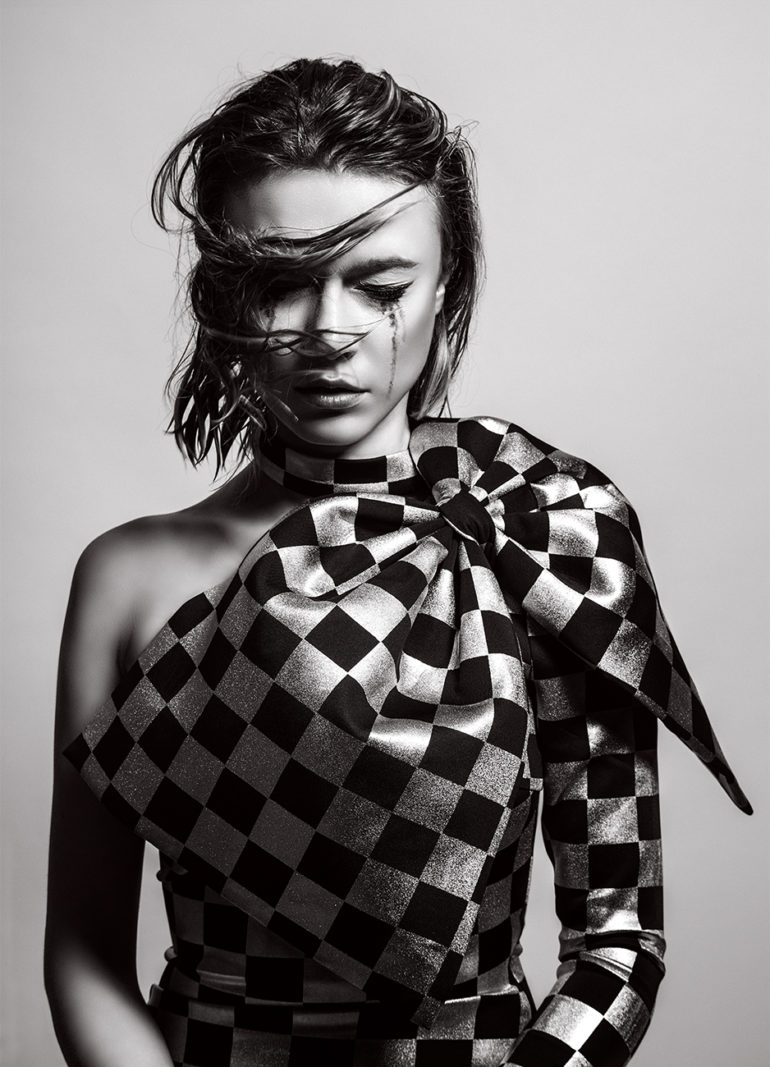
Be sure to check out even more from Lidia at her website. Want to be featured? Here’s how!


